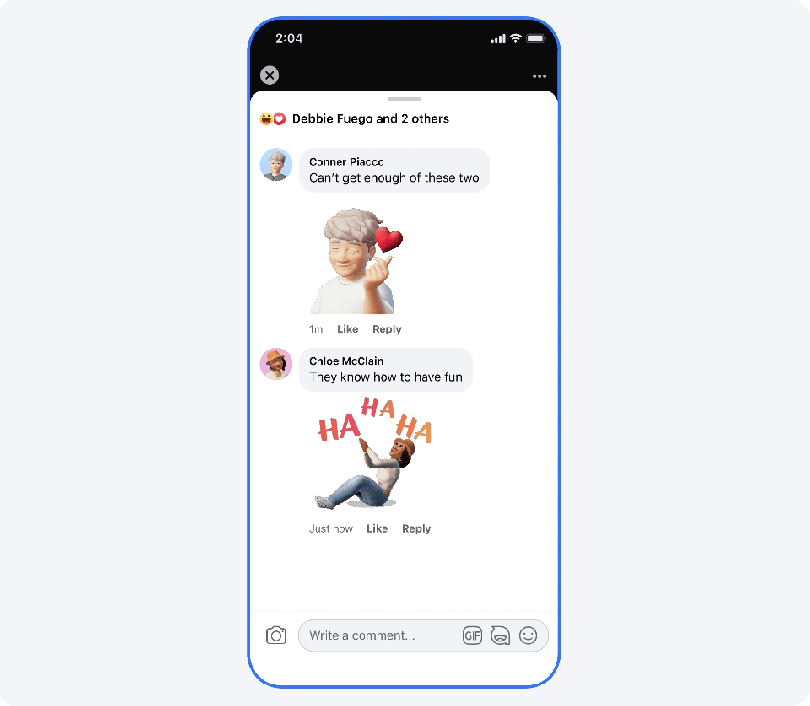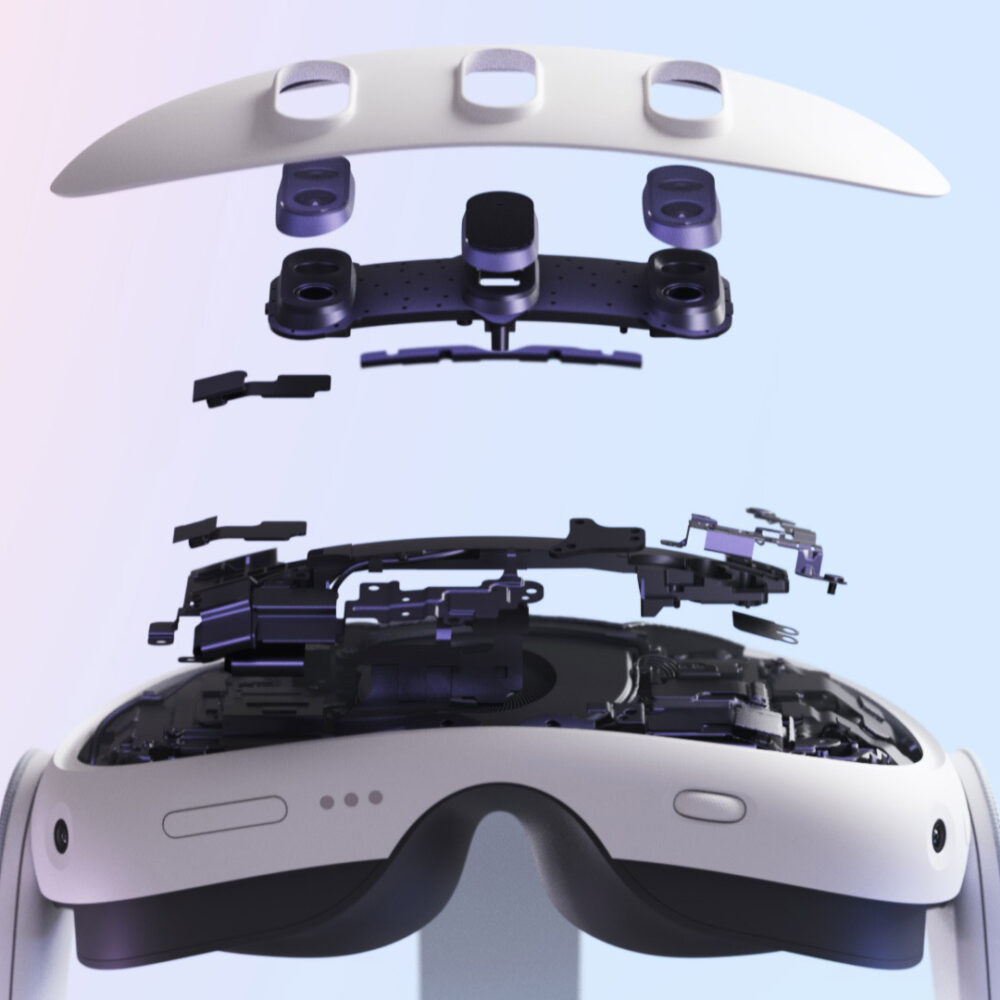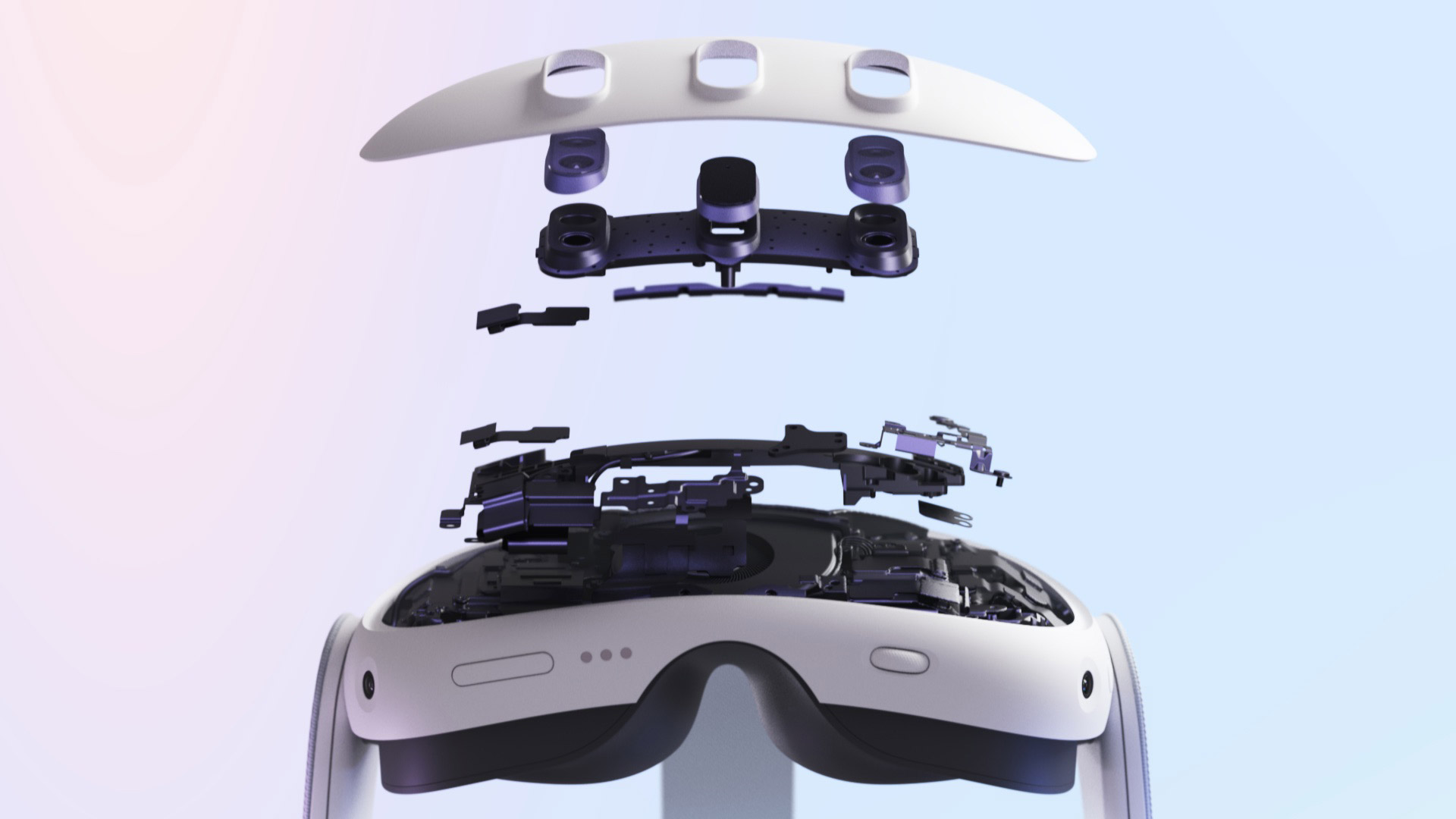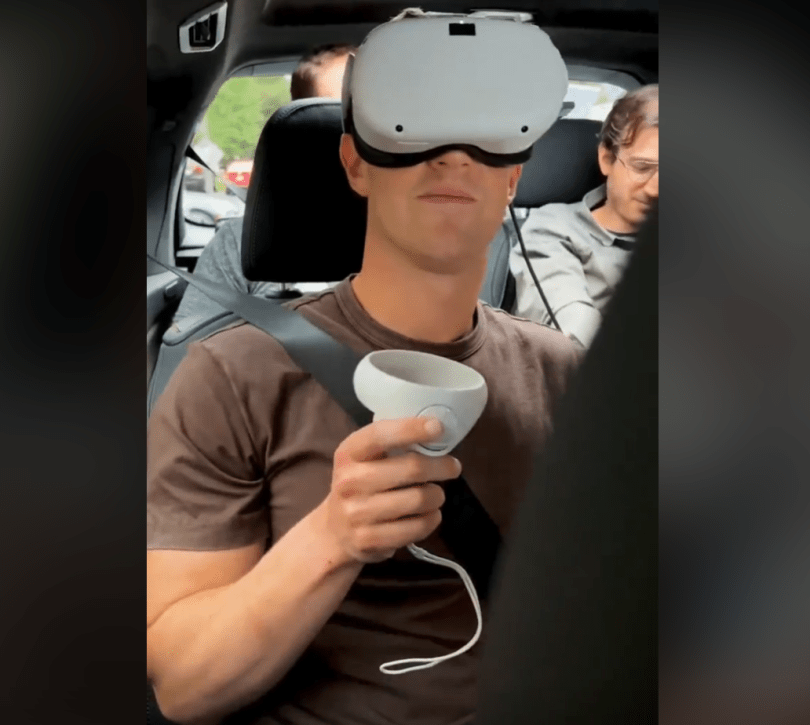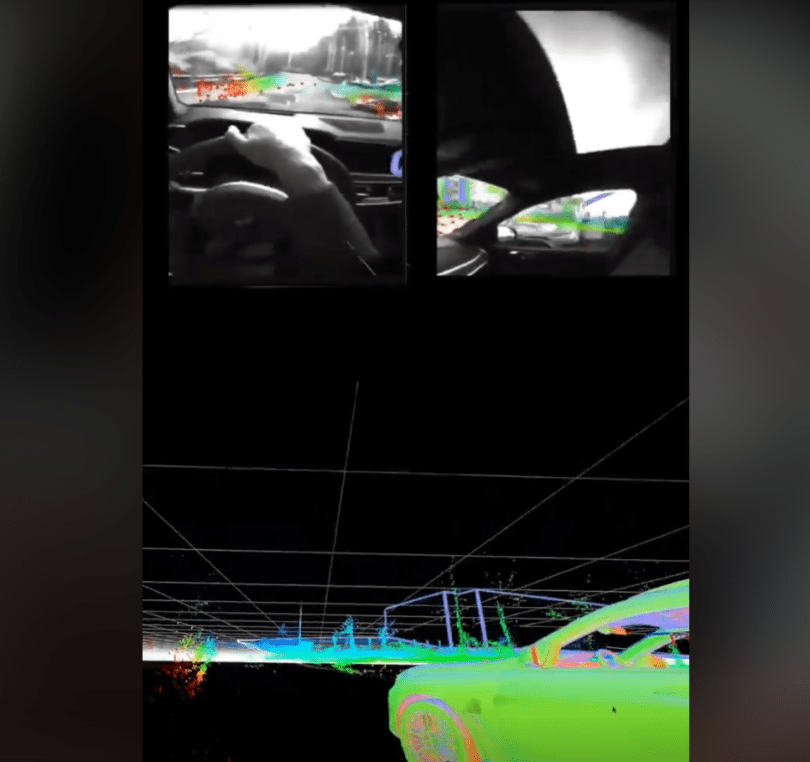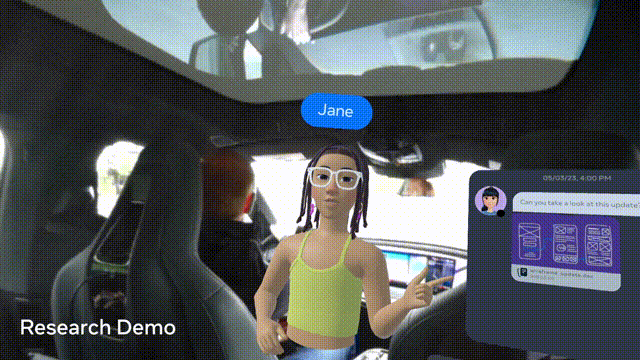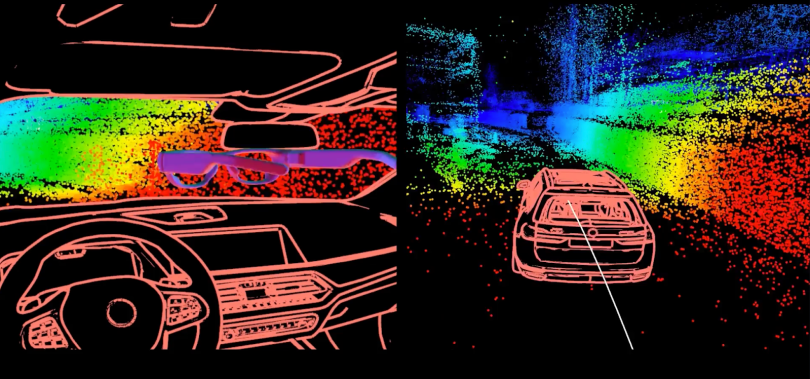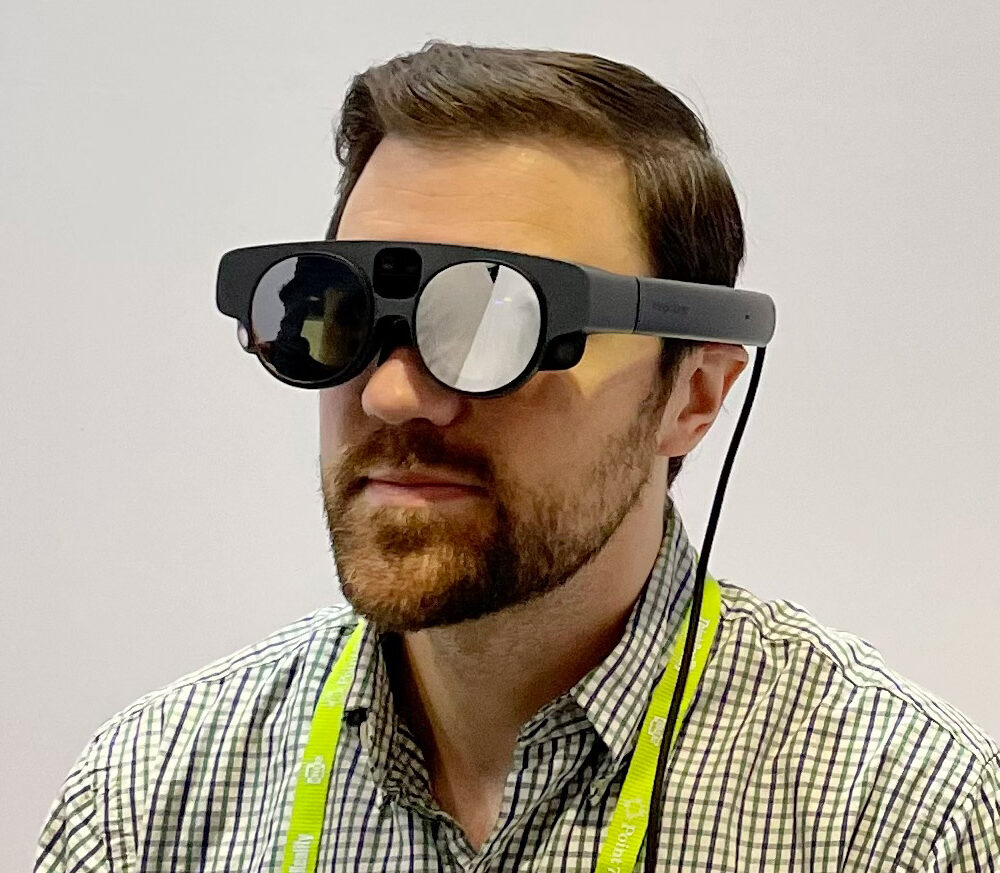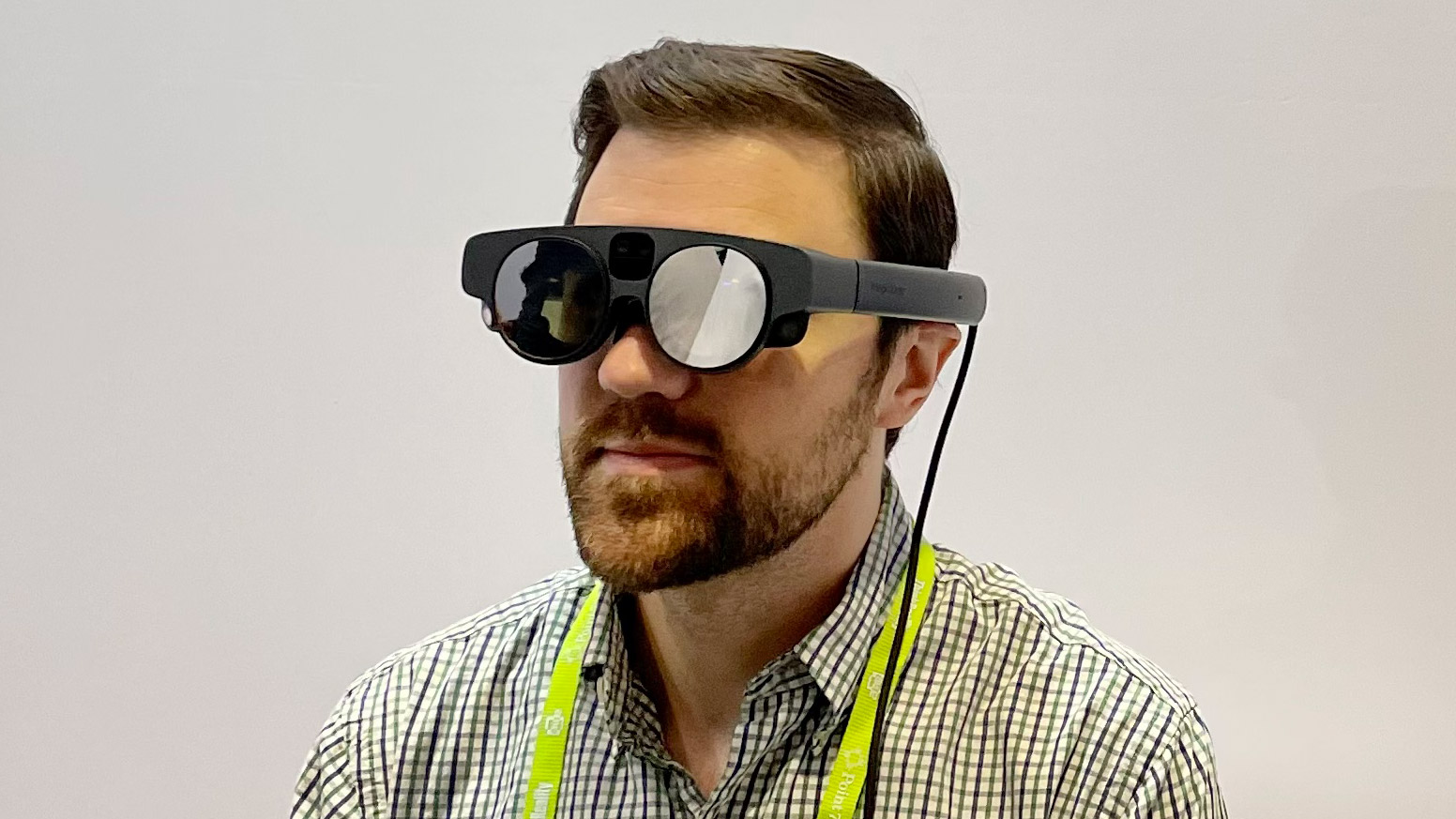Animated stickers have also arrived on iOS and Android.
Yesterday, Meta revealed real-time avatar calls, a new feature that allows Messenger and Instagram users to conduct real-time conversations using their personalized Meta avatars.
No longer do you have to worry about tidying up your hair before an early morning meeting. Instead, let your perfectly kept digital persona do the smiling for you. Real-time calling with avatars is available now on both iOS and Android devices.
“Whether you’re Instagram famous, a casual doom-scroller, or an adventurer about to head off on some daring VR exploits, your Meta Avatar lets you represent yourself seamlessly and hang out with others across the metaverse,” said Meta in an official release.
“More than a billion Meta Avatars have been created to date, helping people express themselves in digital spaces in new ways. And today, we’re sharing some updates that make your avatar more fun, useful, and social than ever before.”
In addition to real-time avatar calls, Meta also unveiled several other exciting updates:
- Animated Stickers – Choose from a variety of animated stickers starring your personalized Meta avatar, from face-palm and applause to thumbs-up and hello. Animated avatar stickers can be shared across Instagram and Facebook Stories and Reels, Facebook comments, and Messenger and Instagram messages.
- Social Stickers – Tag a friend to automatically add their Meta avatar to your stickers on Facebook Stories for a more social sticker experience.
- Live Selfie Avatar Creation – This experimental feature for Facebook and WhatsApp generates a suggested avatar option based on a simple 2D selfie. Meta states that this feature is still being tested, so expect mixed results for now.
- Improved Avatar Design – Avatars now sport a more proportional design that makes them look a bit less like a “cake pop,” as described by Meta. This new design will serve as the standard across all platforms including VR.
As if that weren’t enough, Meta revealed yet another luxury fashion brand, Valentino, has joined its Avatars Store. You can choose from six new virtual outfits and one pair of Valentino Garavani VLogo Signature earrings.
For more information check out yesterday’s full announcement here.
Feature Image Credit: Meta
